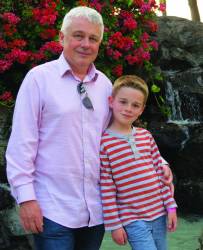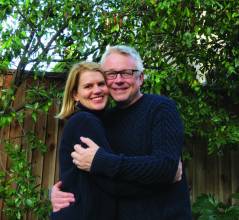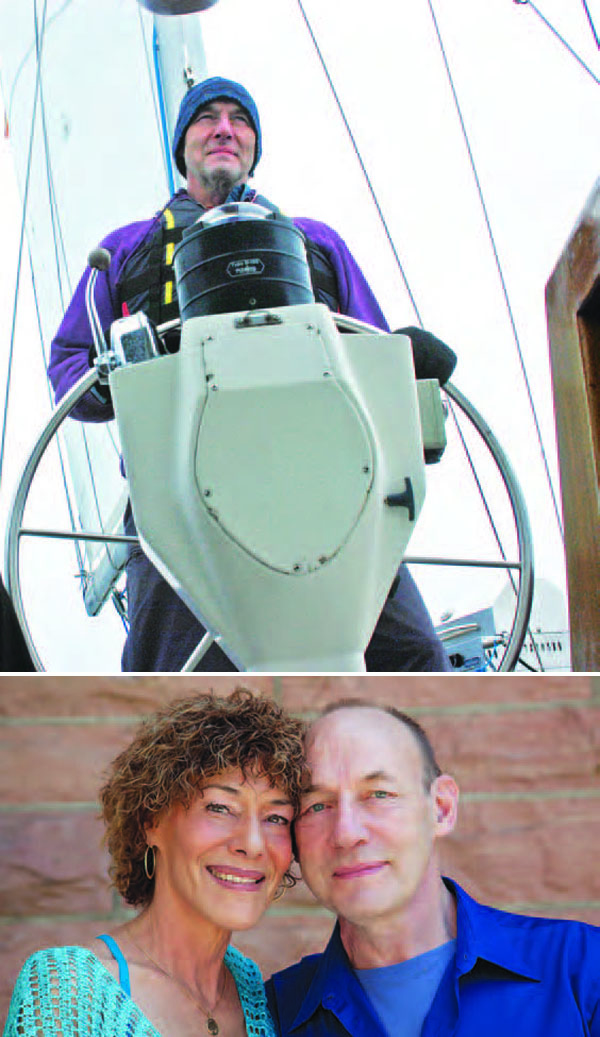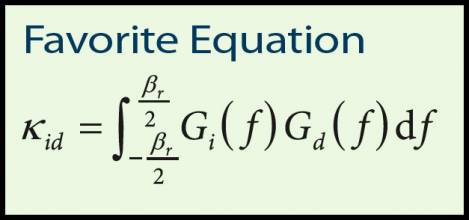 Riley and his son, Ben.
Riley and his son, Ben.Return to main article: Stuart Riley: Right Turn from the Wrong Path
COMPASS POINTS
Professional Path
Riley received a Ph.D. in electrical engineering at the University of Leeds (United Kingdom) where he then worked as a research fellow in 1994–5. After that, he joined Trimble Navigation Ltd. as a GNSS receiver designer. He is based in Sunnyvale, California, where since 2010 he has served as the company’s engineering director
Return to main article: Stuart Riley: Right Turn from the Wrong Path
COMPASS POINTS
Professional Path
Riley received a Ph.D. in electrical engineering at the University of Leeds (United Kingdom) where he then worked as a research fellow in 1994–5. After that, he joined Trimble Navigation Ltd. as a GNSS receiver designer. He is based in Sunnyvale, California, where since 2010 he has served as the company’s engineering director
Engineering Specialties
Digital design, including CPU systems and field-programmable gate arrays (FPGA), firmware, including software targeted for real-time systems and in digital signal processing. Riley designed several generations of Trimble baseband ASICs and managed recent ASIC development.
Most Important Mentors
His parents in his early years. “What shaped my adult career most was working on a Transit navigation receiver as an undergraduate under Professor Peter Daly.”
GNSS event that most signified GNSS had “arrived”
“I met my future wife Katie in 1998 and she didn’t know what GPS was. I realized GPS had ‘arrived’ around 2007, when she was able to tell people what I did and they knew what GPS was. And that was also the year the first [Apple] iPhone with GPS came out.”
Popular notion about GNSS that most annoys
“The idea that GPS gives bad directions or gets one lost. The GPS/GNSS receiver simply provides position, velocity, and time (PVT). Digital maps, mapping software, traffic information, along with routing [software] are what make a ‘Sat Nav’ typically result in someone getting lost! Only in the toughest GNSS environments does the GNSS fail.”
GNSS consumer product, application, or engineering innovation he would most like to see
“I still think that personal navigation has a long way to evolve, especially in a vehicle. I see a future where consumer and precision GNSS plus other sensors (vision, inertial, etc.) will intersect. Today, applications will inform the best lane to be in at an intersection, but the GNSS is not accurate enough to determine reliably when the vehicle is actually in that lane.”
Patents Held
Numerous patents in multipath mitigation and GNSS DSP along with one on protection of a receiver.






